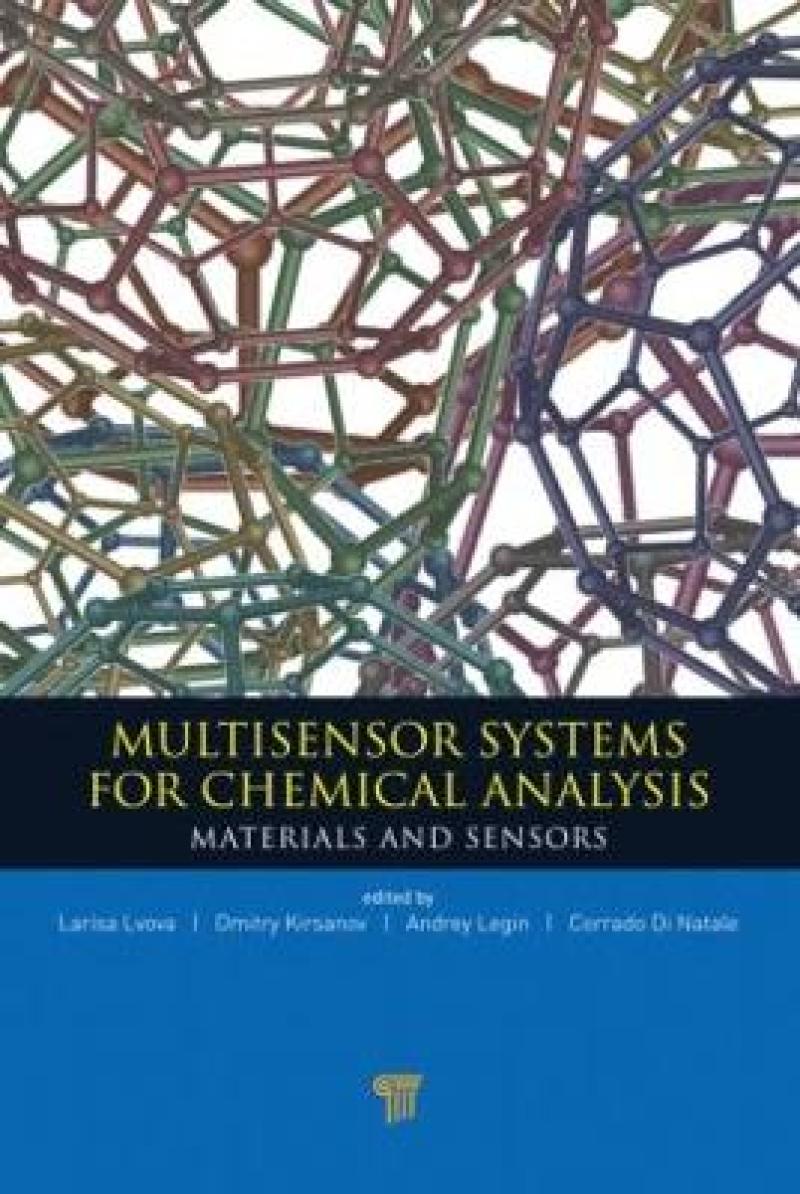<p>"This unique and interesting book thus shows a screenshot of diverse research efforts in the ET field and will, hopefully, inspire new fruitful ideas and innovative practical advances. It will be helpful for a wide range of readers, from university students to researchers."<br />—J. Albaigés, CID-CSIC, Barcelona, Spain, in <i>Journal of Environmental Analytical Chemistry</i></p><p>"This unique and interesting book provides the reader with an insight into the future of analytical electrochemistry in which multi-sensor systems (electronic tongues) provide information on the state and quantity of analytes dissolved in multicomponent media."</p><p>Dr. Alberto Zirino</p><p>University of California, San Diego, USA</p><p>"This text is a welcome addition to the literature on chemical sensors, particularly, chemical sensor arrays. It provides an excellent grounding in the molecular basis of sensor responses, and how this molecular response can be transduced in various ways to produce an analytically useful signal."</p><p>Prof. Dermot Diamond </p><p>Dublin City University, Ireland</p><p>"This book is the first ever to give a concise overview of electronic tongues, which unlike electronic noses is still quite an ‘uncharted area’. The chapters cover different aspects of multisensor systems in liquid phase comprising both novel recognition techniques (both biomimetic and biological ones), fundamental aspects, and innovative device development."</p><p>Dr. Peter Lieberzeit</p><p>University of Vienna, Austria</p><p><i>"This book is a very well-timed endeavour to enable researchers in the multidisciplinary field of chemical sensors and electronic tongues to respond to the research challenges of such sensory computing."</i></p><p>Dr. Nabarun Bhattacharyya</p><p>Centre for Development of Advanced Computing (C-DAC), India</p>
<p>"This unique and interesting book thus shows a screenshot of diverse research efforts in the ET field and will, hopefully, inspire new fruitful ideas and innovative practical advances. It will be helpful for a wide range of readers, from university students to researchers."<br />—J. Albaigés, CID-CSIC, Barcelona, Spain, in <i>Journal of Environmental Analytical Chemistry</i></p>
This book is devoted to the recent advances in the development of artificial sensory systems widely known as electronic tongues (ET). It contains contributions by prominent authors from all over the world. Each chapter focuses on a particular research direction in modern ET. It introduces and discusses in detail various designs, sensor materials, transduction principles, and applications. The book shows a screenshot of diverse research efforts in the field of ET and will hopefully inspire new fruitful ideas and significant practical advances.
Developing Sensing Materials for Multisensory Systems on the Basis of Extraction Data. Photocurable Polymer Membrane Ion Sensors and Their Application For Multicomponent Analysis. Metallic Sensors in Multisensor Analysis. Sensor Arrays Based on Phthalocyanines: New Developments on Nanostructured and Biomimetic Electrochemical Sensors. Lignin Applications in Chemical Sensing. Bioelectronic Tongues: When the Sensor Array Incorporates Biosensors. Microsensor Systems for Environmental and Biomedical Analysis. The Use of Nanostructured Films in Sensing Applications. Nanoplate Field-Effect Capacitors: A New Transducer Structure for Multi-Parameter (Bio-)Chemical Sensing.
Produktdetaljer
Om bidragsyterne
Larisa Lvova is senior researcher scientist in the laboratory of soil biochemistry at the Faculty of Biology and Soil Sciences of St. Petersburg State University, Russia, and collaborates with the Chemical Sensors group of the University of Rome Tor Vergata, Italy. Her research interests involve the design and synthesis of sensing materials for the development of novel chemical sensors and their application in qualitative and quantitative analysis of complex liquid media.
Dmitry Kirsanov is assistant professor at the Faculty of Chemistry of St. Petersburg State University, Russia. His main research interests involve development and analytical application of new sensing materials for electronic tongue multisensor systems and multivariate data processing.
Corrado Di Natale is full professor at the Department of Electronic Engineering of the University of Rome Tor Vergata, Italy. His research interests focus on the development and application of chemical and bio-sensors and artificial sensorial systems and the optical and electronic properties of organic materials.
Andrey Legin is leading research scientist at St. Petersburg State University, Russia. His current research interest involves the investigation of new sensing material and the development and analytical application of artificial sensory systems (electronic tongue) in various real-world fields.
